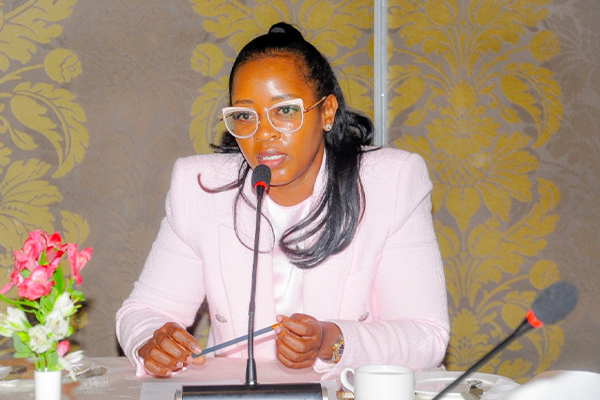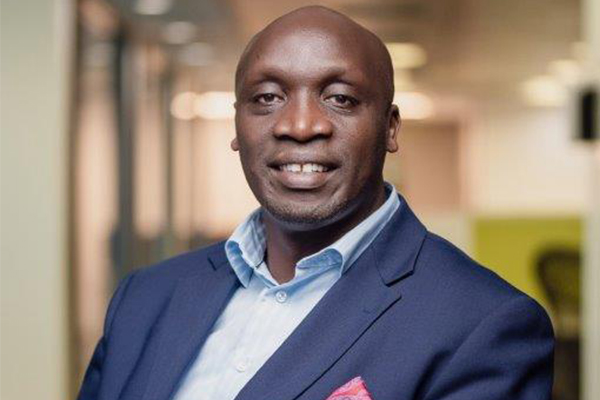On 5 November 2022, the Catholic Church will formally recognise Sister Maria Carola Cechin (1877-1925) as “Blessed”. The Italian-born nun spent two decades serving in Kenya.
After this, in places closely associated with Sister Carola or within her religious order, Catholic church services can be held in her honour. An annual celebration in the church calendar of seasons can also be dedicated to her. Additionally, churches and other institutions in those areas can be named after her.
The process culminating in calling Sister Carola “Blessed” is known as beatification. This marks the second-last step before canonisation, which is the official admission into sainthood.
So how does the Catholic church decide who may be honoured in this way?
The history
From the earliest years of Christianity, some people after they died were recognised as having been exceptionally holy. For the first 500 years of the Church, they were given the title “saint” by popular acclaim. They were looked at as being already in heaven, close to God. Their prayers for people on Earth who sought their intercession were thought to be especially effective.
Gradually, local bishops became involved in such cases. From the beginning of the second millennium – to avoid potential abuses and to create universal standards – the process of formal recognition as a saint became increasingly centralised in the Vatican, the headquarters of the Roman Catholic Church.
How to become beatified
Currently, the path towards being acclaimed as a saint involves several stages and may take many years to complete.
To allow for some objectivity and to avoid purely emotional reactions, at least five years must normally pass after the death of a person before a request is made to the local bishop to start the “cause for canonisation.”
This local enquiry into someone held to have lived a very holy life involves interviewing people who knew the person. Historians, archivists and theologians also look deeply into the person’s deeds. This process is to confirm their exceptional holiness and investigate their writings for assurance that they wrote nothing contradicting the Catholic faith. If bad behaviour or scandal is discovered, evidence of a thorough change of life must also be presented.
Other bishops and the Vatican are then consulted. Following a positive evaluation, the Vatican grants the person the title “Servant of God” and their cause for canonisation officially opens.
At this stage, their body may be exhumed and examined, and relics taken and preserved. However, public religious services in their honour are forbidden.
Following more extensive investigation by the Roman authorities into their lives and their work, and with evidence that other people have taken them as a model for Christian life, they can then be known as “Venerable”. With this title, the church recognises that someone lived an outstandingly good life, and that their reputation for holiness and virtue is well deserved.
The next stage is beatification. With the change in title to “Blessed”, the Catholic church effectively states that it is “worthy of belief” that the person is now with God in heaven.
In most cases, evidence for this comes in the form of a miracle attributed to the person’s intervention. (In cases of martyrdom, where a person has suffered death or persecution for their Catholic faith, a miracle is not required for beatification or canonisation.)
Sister Carola’s miracle
The Catholic church investigates claimed miracles meticulously. The vast majority of these miracles involve cases of scientifically inexplicable healing.
A panel of scientists is convened in the diocese where the miracle is alleged to have occurred. For the process of potential beatification to continue, the scientists’ positive verdict is required, stating that a healing was spontaneous, instantaneous and lasting.
The medical dossier is then scrutinised in Rome by a different scientific panel. And a team of Rome-based theologians re-investigates the life of the “Venerable”.
Positive scientific and theological evaluations are passed to a panel of cardinals and bishops. They pass on their recommendations to the pope, who declares the person to be worthy of the title “Blessed”.
At Sister Carola’s beatification ceremony in Kenya, a bishop will present an account of her life and a representative of the pope will read a letter granting her the title “Blessed.”
Sister Carola’s beatification follows the confirmation of a miracle attributed to her. In December 2021, officials in Rome agreed that a prayer made for her intervention led to the survival of a boy born with no heartbeat in a village in Meru, central Kenya.
Sister Carola becomes the second person who worked in Kenya to be beatified after Sister Irene Stefani in May 2015. The miracle attributed to Sister Stefani’s intercession involved not a healing, but the multiplication of water in a fountain at a Mozambican parish used as a hideout during a civil war in 1989.
How to become a saint
There is no official tally of the number of saints, but the last three popes have beatified and canonised many more people than their immediate predecessors, often during their international travels. This has usually been in places where they have strong local connections, and in countries where Christianity is comparatively new and local saints few in number. Africa has a handful of saints canonised in modern times. They include the 22 martyrs of Uganda who were granted the title in 1964.
In 1983, Pope John Paul II (who was declared a saint in April 2014) simplified the process of beatification. He reduced the time between the person’s death and the opening of the process from 50 years to the current five.
During his papacy, 1,340 people were beatified. This is more than all his predecessors since the 1660s when beatifications became common after the Vatican centralised saint-making.
The current pontiff, Pope Francis, has continued the process of reform. In 2016, greater financial transparency was instituted regarding the considerable costs that the process can involve. In 2020, he also added a new path to beatification in the case of someone who offered up their life so that someone else might live.
Many “Blesseds” remain at this level for centuries or forever. Recognition as a saint requires an additional miracle to be confirmed.
This article was originally published on The Conversation November 4, 2022
















